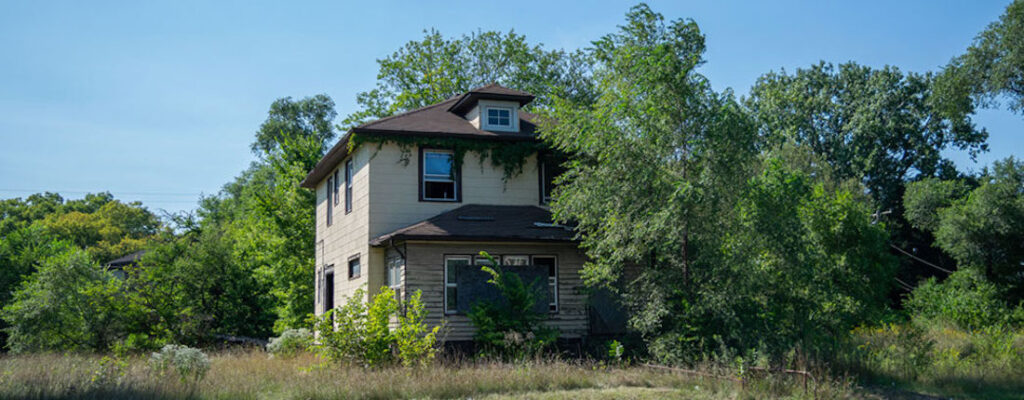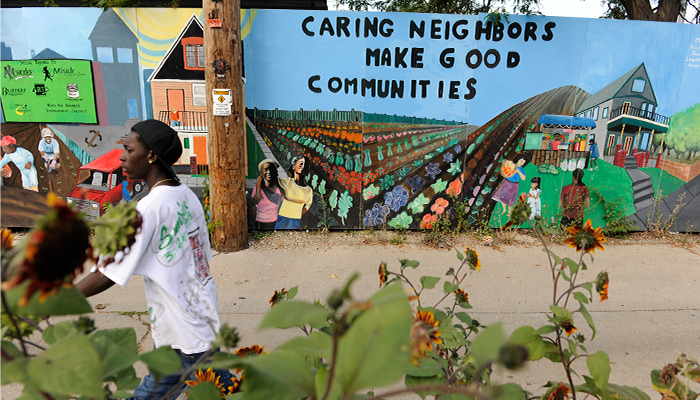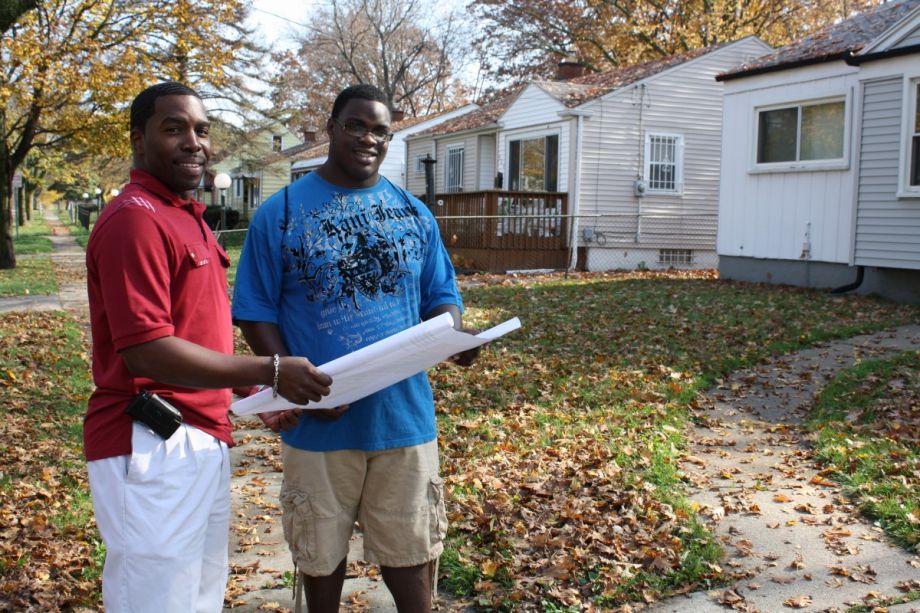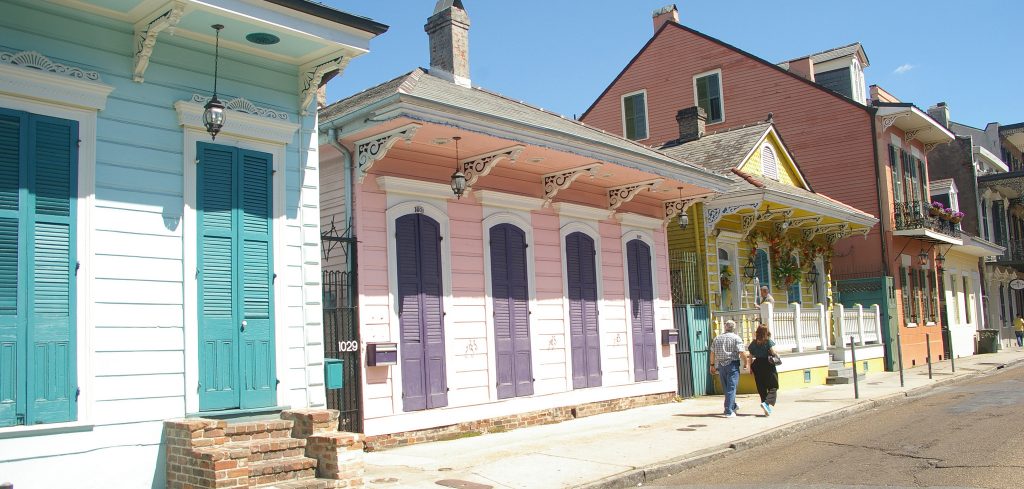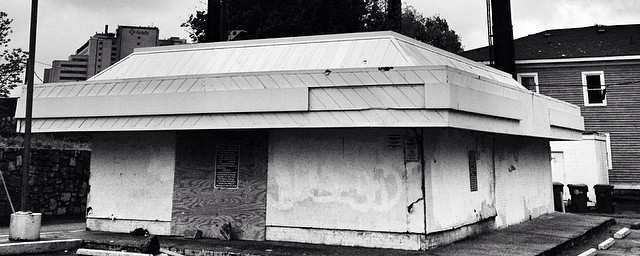Blog
Parcel Data & Neighborhood Markets
What if the next big thing in blight elimination is to think small? Staff at the Youngstown Neighborhood Development Corporation (YNDC) think that just might be the case. They have even coined a new term to describe their strategy: asset-based micro-planning. “We made the term up,” said YNDC Executive Director…
Read More »“House prices have sufficiently recovered and foreclosure activities have sufficiently abated.” That was the faulty argument made this past July to support a U.S. Senate proposal that would have rescinded federal Hardest Hit Funds – a critical source of funding for neighborhood stabilization efforts in communities hit hardest by the…
Read More »Originally posted on the National Housing Institute’s Rooflines blog At a conference I attended last week, one of the speakers, a colleague whose judgment and knowledge I respect, offered his take on the future of urban single family neighborhoods. The lower income families who have the credit and can get…
Read More »This article was originally published in the Summer 2014 issue of Breaking Ground, our quarterly newsletter. To receive Breaking Ground in your inbox, please join our email list. It might go without saying, but the City of Flint in 2014 is very different from the Flint of 1960. Decades of…
Read More »In conjunction with the release of HUD’s latest issue of “Evidence Matters,” Kim Graziani and Alan Mallach were invited to speak at HUD’s Quarterly Briefing last week. They were joined by U.S. Representative and Community Progress co-founder Dan Kildee (MI), Yolanda Chavez, Deputy Assistant Secretary for Grant Programs in HUD’s Office of…
Read More »It might not be immediately obvious, but in the rubble and decay of vacant, dilapidated properties — those that are so far deteriorated, they’ve been slated for demolition — there is much value to be found. That’s where deconstruction comes into the picture. Deconstruction is the process of salvaging the…
Read More »Originally posted on the National Housing Institute’s Rooflines blog Youngstown is a small city in the hills of northeast Ohio, once famous for steelmaking; and sadly, if famous for anything today, for economic distress and population loss. From a peak population of about 175, 000, it’s down today to maybe…
Read More »Originally posted on Legacy Cities by American Assembly Most research on revitalizing neighborhoods views them as instances of “gentrification,” the movement of young, often single, professionals into low-income, heavily minority, neighborhoods near urban employment centers. The dominant view in the literature is that low-income and minority residents are pushed out by…
Read More »Originally posted on the National Housing Institute’s Rooflines blog This past fall, the Washington Post ran a series called “The March of the Millennials” about how this generation is changing Washington D.C. For those of you who have been out of the loop for the last few years, ‘millennials’ or the ‘millennial…
Read More »Originally posted on the National Housing Institute’s Rooflines blog The housing market is coming back. Finally, after listening to false hopes and promises for the last few years, it may really be happening. New construction starts, existing house sales, and house prices have all been inching up steadily for long…
Read More »- « Previous
- 1
- 2
- 3
- Next »


